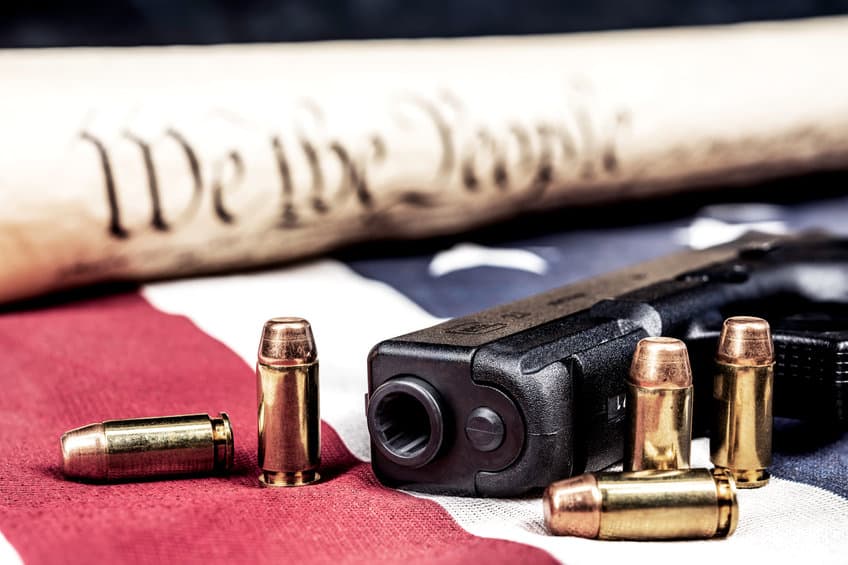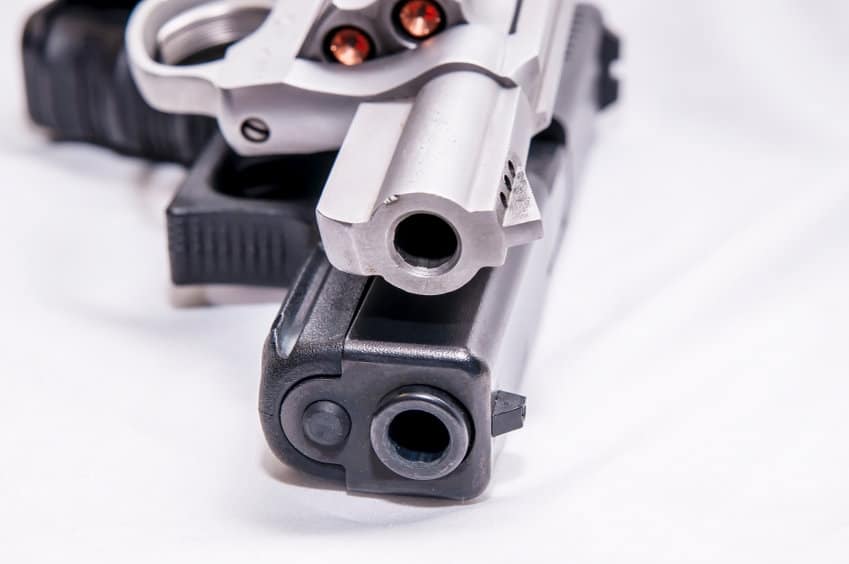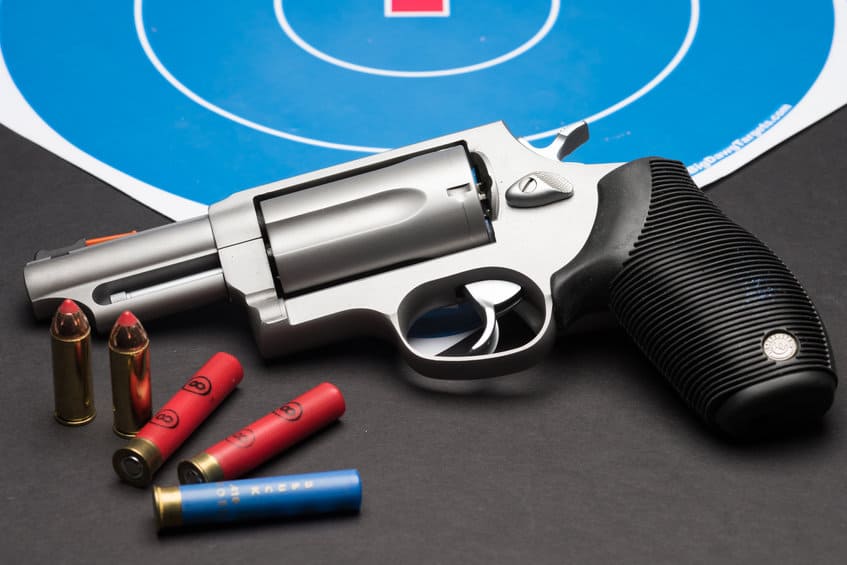Unless you have been living under a rock lately, you are aware of 80% firearm frame kits and the controversy surrounding them. These novel products allow an individual to build a firearm for themselves with minimal tools.
Besides the pride-in-workmanship and confidence from building and shooting something that you crafted yourself, 80% kits offer a way to construct a weapon that is “off the books,” so to speak. It is this last bit that causes most of the controversy surrounding the hobby of home-built firearms.
Table of Contents
History
While Americans have been home-building guns since before the founding of this nation, the hobby was, until recently, mostly confined to skilled machinists and craftsmen. Things changed in the ’90s with the proliferation of AK parts entering the country. DIY receiver kits to make a complete rifle sold like hot cakes in states with draconian gun laws. It wasn’t that big of a jump in the early 2000s to AR-15 lower receivers, and then handgun frames.
After the proving of various polymers as viable materials for frames, things have become even easier. Frames come with a jig that allows someone to create a functional firearm frame after a few hours of work with a drill and files. (side note: 80% is an industry term, the ATF requires that each different kit to be submitted for evaluation to determine if it qualifies as a firearm)
The jigs are very user-friendly and come with clear directions. The drill holes are marked with the size of the drill bit required, and the other portions requiring modification are easy to identify. The remaining steps can be completed with a good tin snip and a file. Here is a video from parts supplier The Glock Store detailing the process.
The largest manufacturer of 80% frames is Polymer80, a Nevada-based company with the very appropriate motto of “Engage Your Freedom”. Polymer80 produces frame kits in a variety of colors. The most popular kits are compatible with Glock parts after completion.
Legal Issues
The major source of controversy surrounding 80% frames is that they allow an individual to create a firearm that does not have a serial number on record. This means that law enforcement cannot trace the origin of the firearm, and the government does not know that you have it (although a subpoena of shipping records will out you).
In states requiring the registration of handguns, the creation of an unregistered weapon can have legal ramifications. While some states may allow registration after completion, please be aware that the possession of an unregistered pistol may be a felony (at least it was in Michigan). Also, some states may require the frame to be marked with a serial number after completion.
Another problem arises when ordering the parts to finish the rest of the gun. If you procure all of the components at once from the same source, then it can be considered constructive intent and is the same as buying a complete firearm in the eyes of some jurisdictions. It pays to know your state and local laws (a must anyway). If your state does not care (like Missouri), then order away.
Other Concerns
After completion and assembly, some builders report having to do some “spit and polish” to their kit guns to help them run properly. Usually, tuning involves something as simple as finding and removing an errant burr on the magazine catch or removing some missed flashing left on the inside of the frame. It pays to be picky when completing your kit, as it will make your first trip to the range much more enjoyable.
Another concern is the cost. While the frame may be cheap, the rest of the pistol is not. Building from a kit is not a way to build a Glock on the cheap unless you already have a pile of Glock compatible parts in the drawer. The frame kit will run you about $140, to acquire the rest of the pistol in pieces from Polymer80 (their parts, not Glock) will cost just under $550, including the magazine. That is $690 for a gun you can buy ready to fire from Polymer80 for $540 retail.
The So What
80% handgun frames allow a private citizen the satisfaction of finishing and assembling their own firearm. For some, the apparent lack of regulation is a positive, for others, it is a source of concern. Either way, their popularity cannot be denied. The home-building of firearms is as old as America and is a testament to the freedoms and responsibilities we have available to us in this great nation.




